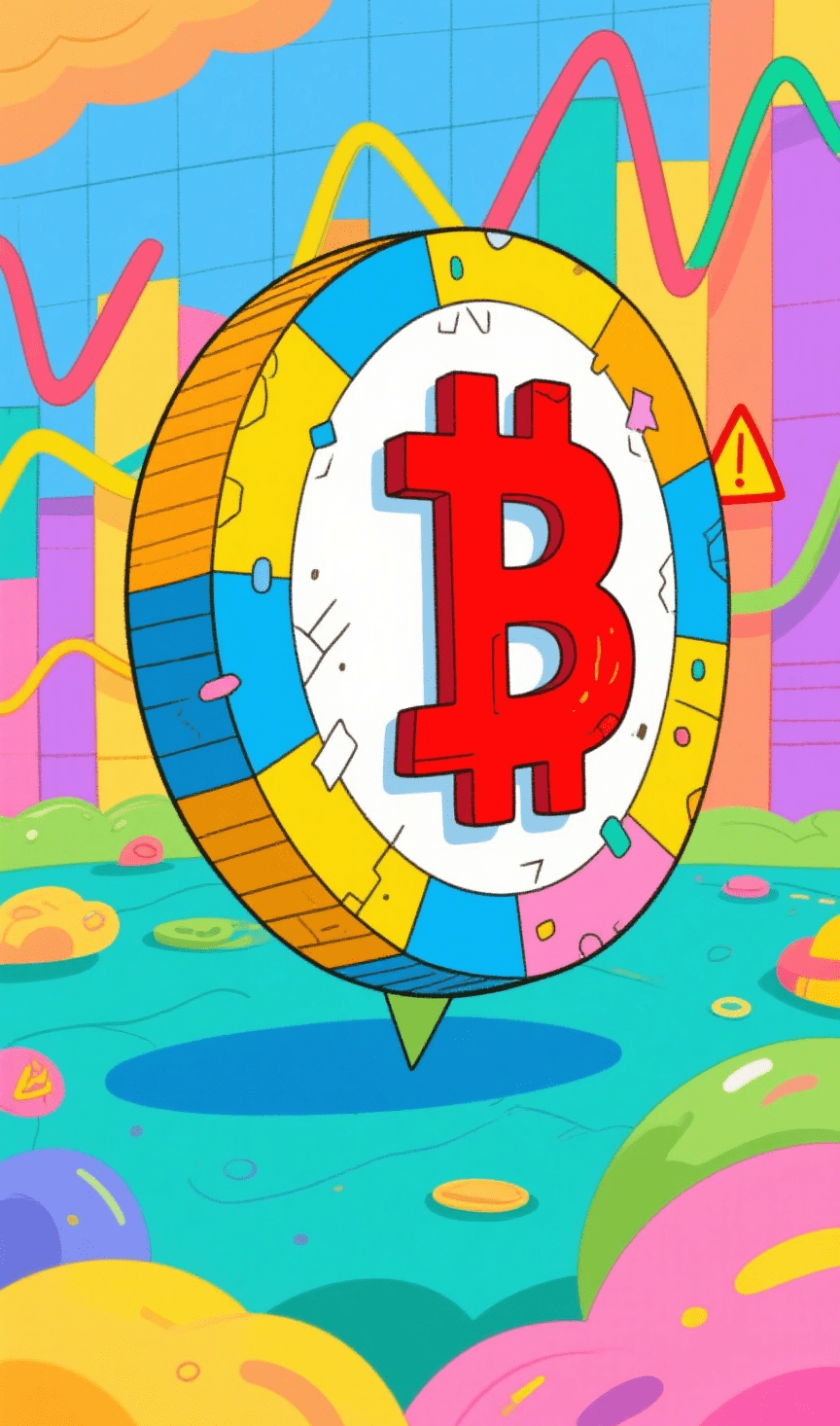Every time I say 'you can't hold on blindly in crypto', someone immediately comments, 'If you don't understand, don't talk nonsense'; I add 'this bull market, altcoins can at most rise by 2-3 times', and even more people jump out to scold, 'Haven’t you seen a bull market? Can a few times really be called a bull market?'
I originally wanted to argue with someone, but looking at those shouting 'last time I held altcoins and multiplied by ten', I suddenly felt it wasn't necessary—how many people died holding onto altcoins in the last bull market, falling from doubling back to principal or even losing half? If you rigidly apply the experiences of 2017 and 2021 to this round, you might suffer a great loss.
Let's first talk about the most practical: the 'ceiling for price increase' in a bull market has actually been declining.
Let's talk with BTC, this is the 'anchor' of the crypto world. Its growth has been shrinking, let alone altcoins:
- 2017 Bull Market: Rose from the bear market bottom of 3k to 19k, more than 6 times;
- 2021 Bull Market: From the bear market bottom of 3k (yes, this bottom) to 69k, it multiplied by 22 times directly? Don't rush; if you count from the previous bull market high of 19k, it actually only multiplied by 3.6 times;
- In this bull market: the highest point being shouted in the market now is 130k-150k; if calculated from the bear market low of 15k, multiplying by 10 is the best case; but calculated from the previous high of 69k, at most it can only be a bit more than 2 times.
Even the 'doubling space' of BTC is narrowing; what makes you think altcoins can still 'randomly buy a coin and get a hundred times' like in 2017, or 'hold your eyes closed for ten times' like in 2021?
Let's talk about altcoins: it's not that I look down on them, but the market has really changed.
2017 was the 'wild period' of the crypto world; any concept could be hyped sky-high, with hundred times coins everywhere; 2021 was the 'explosion period', with DeFi and NFTs driving a wave, ten times coins were still common; but what about now?
The industry has long passed the 'randomly mining or issuing a coin can make money' dividend period and has entered a saturation period—there are more and more new coins, but the funds are not as crazy as before; regulation is becoming stricter, and there are fewer speculators who dare to pull the market blindly. In this bull market, truly 'excellent altcoins' with technology and practical application can multiply by ten, and that's considered top-tier; but what are most retail investors buying? They are those junk altcoins that can't even write a clear white paper and rely solely on 'group shouting orders'.
For these junk altcoins, being able to rise 2-3 times is already 'lucky to catch the tailwind of a bull market', still thinking about 5 times, 10 times? You might not even wait for profit-taking but instead wait for the 'project team to run away' or 'tokens to drop to zero'.
What hurts more is: 90% of retail investors' losses die from 'holding on blindly' and 'waiting for higher prices'.
I've seen too many people in the last bull market: holding an altcoin from 2 times to 5 times, thinking it can reach 10 times, stubbornly holding on without selling; as a result, when the trend turns, it drops from 5 times back to 1 time, unwilling to accept 'not making money', continues to hold on, and ultimately falls back to the principal or even loses everything.
Some people are always led by 'FOMO from the whole network'—waiting for BTC to reach 100k, and someone will shout 'targeting 200k'; reaching 120k, even more people will boast 'the eternal bull market has come'. But after each uproar, it's always 'dust to dust, earth to earth': those who shout 'I won't sell unless it reaches XX price' end up being the ones standing guard at the peak.
What logic is there in the crypto world that says 'holding on blindly will make money'? Spot assets need to follow the trend; if the trend breaks, you must go; altcoins need to understand profit-taking; when it reaches the target, withdraw in batches—don't think 'selling early is a pity'. In the crypto world, 'locking in profits' is always more reliable than 'betting for higher'.
In the end, it's still those two straightforward truths, whether you listen or not:
1. Don't hold onto spot assets blindly: No matter how bullish a coin is, there will be corrections; no matter how strong the trend is, it can break. Pay attention to support and resistance levels; take profits when you should, cut losses when you need to, and don’t go against your money;
2. Don't be greedy with altcoins: If this bull market can rise 2-3 times, quickly sell in batches, don't expect to replicate the previous ten or hundred times—accepting 'making steady money' is better than fantasizing about 'getting rich overnight', allowing you to survive longer in the crypto world.
After all, before entering the circle, everyone heard that 'making money in crypto is as easy as drinking water', but only after losing money do you understand: in the crypto world, not losing money means you've already beaten 80% of people; being able to steadily make some money is top-level.

